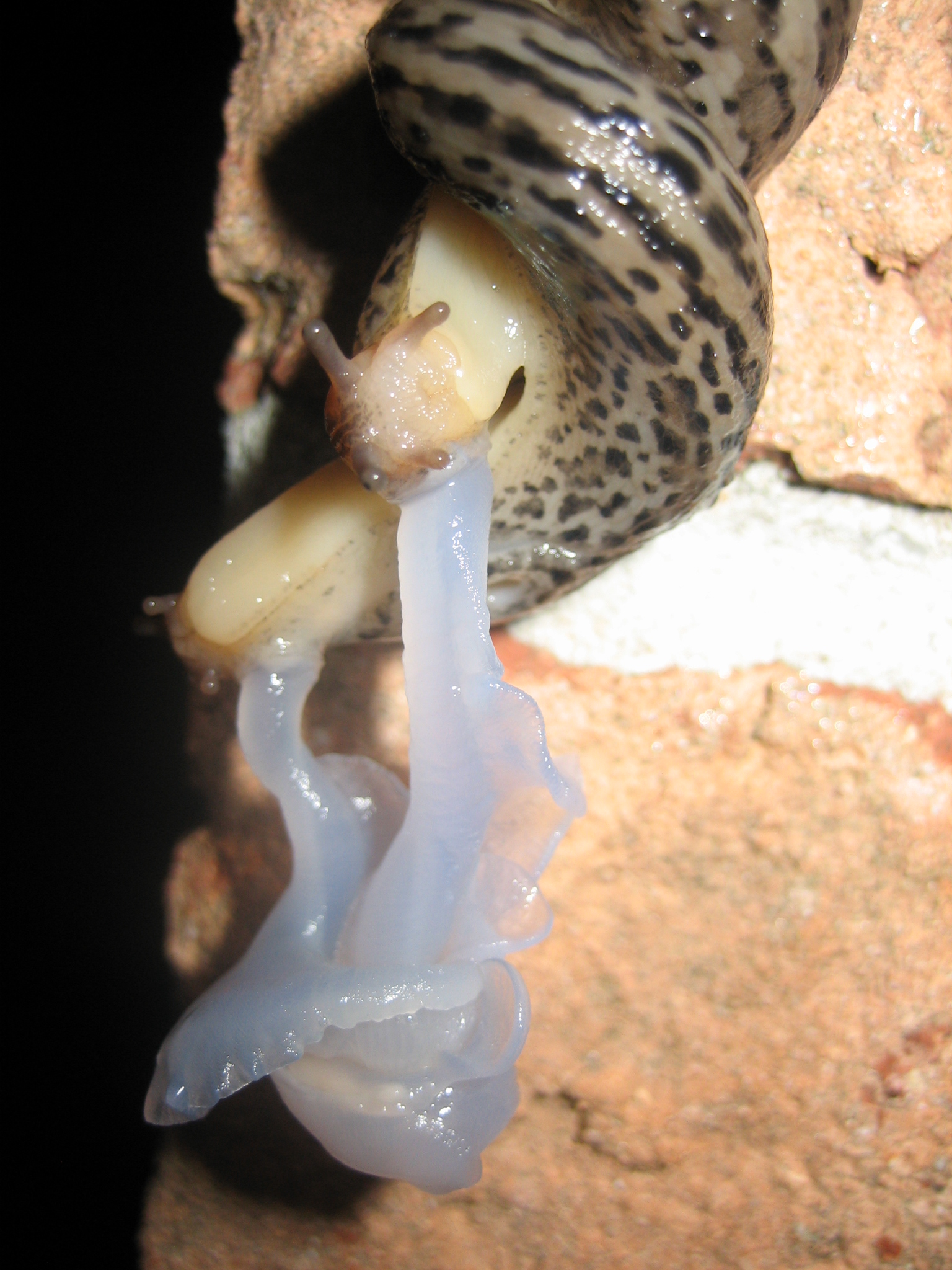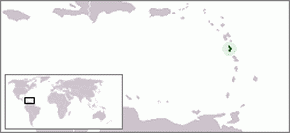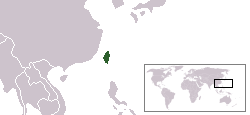|
Deroceras Laeve
''Deroceras laeve'', the marsh slug, is a species of small air-breathing land slug, a terrestrial pulmonate gastropod mollusk in the family Agriolimacidae. Distribution The distribution of ''Deroceras laeve'' was originally Palearctic, from the subpolar zones to the southern margins. Today this slug species has been introduced worldwide except Antarctica, also on tropical islands such as New Guinea and on Pacific islands. Europe: * British Isles: Great Britain and Ireland. The species has shown little evidence for significant decline in Britain. * Czech Republic Horsák M., Juřičková L., Beran L., Čejka T. & Dvořák L. (2010). "Komentovaný seznam měkkýšů zjištěných ve volné přírodě České a Slovenské republiky. nnotated list of mollusc species recorded outdoors in the Czech and Slovak Republics. ''Malacologica Bohemoslovaca'', Suppl. 1: 1-37PDF - least concern (LC) * Netherlands * Poland * Slovakia * Ukraine * Sweden * Switzerland - lower concern in ... [...More Info...] [...Related Items...] OR: [Wikipedia] [Google] [Baidu] |
Otto Friedrich Müller
Otto Friedrich Müller, also known as Otto Friedrich Mueller (2 November 1730 – 26 December 1784) was a Danish naturalist and scientific illustrator. Biography Müller was born in Copenhagen. He was educated for the church, became tutor to a young nobleman, and after several years' travel with him, settled in Copenhagen in 1767, and married a lady of wealth. His first important works, ''Fauna Insectorum Friedrichsdaliana'' (Leipzig, 1764), and ''Flora Friedrichsdaliana'' (Strasbourg, 1767), giving accounts of the insects and flora of the estate of Frederiksdal, near Copenhagen, recommended him to Frederick V of Denmark, by whom he was employed to continue the ''Flora Danica'' a comprehensive atlas of the flora of Denmark. Müller added two volumes to the three published by Georg Christian Oeder since 1761. The study of invertebrates began to occupy his attention almost exclusively, and in 1771 he produced a work in German on “Certain Worms inhabiting Fresh and Salt Water,� ... [...More Info...] [...Related Items...] OR: [Wikipedia] [Google] [Baidu] |
List Of Non-marine Molluscs Of Sweden
The non-marine molluscs of Sweden are a part of the molluscan fauna of Sweden ( wildlife of Sweden). There are unknown species of gastropods (52 species of freshwater gastropods, unknown species of land gastropods) and 32 species of bivalves living in the wild—84 species of freshwater molluscs altogether. von Proschwitz T. (February 23, 2001). "Svenska sötvattensmollusker (snäckor och musslor) - en uppdaterad checklista med vetenskapliga och svenska namn". Naturhistoriska riksmuseetPDF Freshwater gastropods Freshwater gastropods in Sweden include: Neritidae * ''Theodoxus fluviatilis'' (Linnaeus, 1758) Viviparidae * '' Viviparus contectus'' (Millet, 1813) * '' Viviparus viviparus'' (Linnaeus, 1758) Thiaridae * '' Melanoides tuberculata'' (O. F. Müller, 1774) - non-indigenous Bithyniidae * ''Bithynia tentaculata'' (Linnaeus, 1758) * '' Bithynia leachii'' (Sheppard, 1823) * '' Bithynia transsilvanica'' (E. A. Bielz, 1853) - regionally extinct in Sweden Hydrobiid ... [...More Info...] [...Related Items...] OR: [Wikipedia] [Google] [Baidu] |
Ecological Tolerance
Ecology () is the study of the relationships between living organisms, including humans, and their physical environment. Ecology considers organisms at the individual, population, community, ecosystem, and biosphere level. Ecology overlaps with the closely related sciences of biogeography, evolutionary biology, genetics, ethology, and natural history. Ecology is a branch of biology, and it is not synonymous with environmentalism. Among other things, ecology is the study of: * The abundance, biomass, and distribution of organisms in the context of the environment * Life processes, antifragility, interactions, and adaptations * The movement of materials and energy through living communities * The successional development of ecosystems * Cooperation, competition, and predation within and between species * Patterns of biodiversity and its effect on ecosystem processes Ecology has practical applications in conservation biology, wetland management, natural resource management (ag ... [...More Info...] [...Related Items...] OR: [Wikipedia] [Google] [Baidu] |
Deroceras Laeve Epithelium 400 Saturn
''Deroceras'' is a taxonomic genus of small to medium sized air-breathing land slugs in the family Agriolimacidae. Description Most species reach only 30–35 mm in length (max 45 mm). Coloration varies considerably within and between species but common patterns are pale cream, with or without darker flecks (never stripes), and a more uniform light gray or brown to black-brown. Mucus is usually colourless but in some species includes a white deposit when the slug has been disturbed. No keel continues from the tail along the back. The mantle is large (up to half the body length), containing a shell plate internally. The pneumostome lies in the posterior half of the mantle. Generally external appearance does not reliably distinguish one species from certain others, so species identification requires dissection to reveal the genitalia, unless the local species diversity is known to be low. The taxonomy, anatomy and other aspects of the biology of this genus were r ... [...More Info...] [...Related Items...] OR: [Wikipedia] [Google] [Baidu] |
Reproductive System Of Gastropods
The reproductive system of gastropods (slugs and snails) varies greatly from one group to another within this very large and diverse taxonomic class of animals. Their reproductive strategies also vary greatly, see Mating of gastropods. In many marine gastropods there are separate sexes (male and female); most terrestrial gastropods however are hermaphrodites. Courtship is a part of the behaviour of mating gastropods. In some families of pulmonate land snails, one unusual feature of the reproductive system and reproductive behavior is the creation and utilization of love darts, the throwing of which has been identified as a form of sexual selection. Gastropods are defined as snails and slugs, belonging to a larger group called Molluscs. Gastropods have unique reproductive systems, varying significantly from one taxonomic group to another. They can be separated into three categories: marine, freshwater, and land. Reproducing in marine or freshwater environments makes getting s ... [...More Info...] [...Related Items...] OR: [Wikipedia] [Google] [Baidu] |
Deroceras Laeve Reproductive System
''Deroceras'' is a taxonomic genus of small to medium sized air-breathing land slugs in the family Agriolimacidae. Description Most species reach only 30–35 mm in length (max 45 mm). Coloration varies considerably within and between species but common patterns are pale cream, with or without darker flecks (never stripes), and a more uniform light gray or brown to black-brown. Mucus is usually colourless but in some species includes a white deposit when the slug has been disturbed. No keel continues from the tail along the back. The mantle is large (up to half the body length), containing a shell plate internally. The pneumostome lies in the posterior half of the mantle. Generally external appearance does not reliably distinguish one species from certain others, so species identification requires dissection to reveal the genitalia, unless the local species diversity is known to be low. The taxonomy, anatomy and other aspects of the biology of this genus were r ... [...More Info...] [...Related Items...] OR: [Wikipedia] [Google] [Baidu] |
Mantle (mollusc)
The mantle (also known by the Latin word pallium meaning mantle, robe or cloak, adjective pallial) is a significant part of the anatomy of molluscs: it is the dorsal body wall which covers the visceral mass and usually protrudes in the form of flaps well beyond the visceral mass itself. In many species of molluscs the epidermis of the mantle secretes calcium carbonate and conchiolin, and creates a shell. In sea slugs there is a progressive loss of the shell and the mantle becomes the dorsal surface of the animal. The words mantle and pallium both originally meant cloak or cape, see mantle (vesture). This anatomical structure in molluscs often resembles a cloak because in many groups the edges of the mantle, usually referred to as the ''mantle margin'', extend far beyond the main part of the body, forming flaps, double-layered structures which have been adapted for many different uses, including for example, the siphon. Mantle cavity The ''mantle cavity'' is a central fea ... [...More Info...] [...Related Items...] OR: [Wikipedia] [Google] [Baidu] |
Zoologische Mededelingen
''Zoologische Mededelingen'' was a peer-reviewed open access scientific journal publishing papers and monographs on animal systematics. The publisher was the National Museum of Natural History Naturalis in the Netherlands. The first issue appeared in 1915, as the official journal of Naturalis' predecessor, the Rijks Museum van Natuurlijke Historie. Earlier, the museum published ''Muséum d'Histoire Naturelle des Pays-Bas'' (volumes I-XIV, 1862-1908) and ''Notes from the Leyden Museum'' (volumes I-XXXVI, 1879-1914), which mainly covered the fauna of the Netherlands and the former Dutch colonies. ''Zoologische Mededelingen'' was indexed in ''The Zoological Record'' and ''BIOSIS''. A complete backlist of published volumes is presented on the institutional repository of Naturalis. The last article was published in 2014 and the journal was merged into the ''European Journal of Taxonomy The ''European Journal of Taxonomy'' is a peer-reviewed open access scientific journal for descrip ... [...More Info...] [...Related Items...] OR: [Wikipedia] [Google] [Baidu] |
List Of Non-marine Molluscs Of Dominica
The non-marine molluscs of Dominica are species of land and freshwater molluscs, i.e. land snails, land slugs and one small freshwater clam that are part of the wildlife of Dominica, an island in the Lesser Antilles. In malacology, the non-marine molluscs of an area are traditionally listed separately from the marine molluscs (those molluscs that live in full-salinity saltwater). Dominica is a Caribbean island, part of the Windward Island chain of the Lesser Antilles. Fifty-five species of non-marine molluscs have been found in the wild in Dominica, including sixteen endemic species of land snails, species which occur nowhere else on Earth. Dominica is a mountainous, , volcanic, tropical island. It is undeveloped compared with most other Caribbean islands, and it is known for its wildlife and unspoiled natural landscapes. The rugged terrain includes a great deal of tropical rainforest, numerous rivers, and several officially protected areas, including Morne Trois Pitons National ... [...More Info...] [...Related Items...] OR: [Wikipedia] [Google] [Baidu] |
List Of Non-marine Molluscs Of Colombia
The non-marine molluscs of Colombia are a part of the molluscan fauna of Colombia. There are 559 species of non-marine molluscs living in the wild in Colombia.Linares E. L. & Vera M. L. (2012). ''Cátalogo de los moluscos continentales de Colombia''. Universidad Nacional, Bogotá, 350 pp. There are a total of ??? species of gastropods, which breaks down to ?? species of freshwater gastropods, and ??? species of land gastropods in 82 genera, plus ?? species of bivalves living in the wild. There are 20 non-indigenous species of gastropods (? freshwater and 20 land species: 13 snails and 7 slugs) and ? species of bivalves in the wild in Colombia. This is a total of ? freshwater non-indigenous species of wild molluscs. The non-marine mollusc fauna of Colombia is not fully surveyed yet. There are still 6 departments of Colombia, especially in the southwest, from which there are no records of land gastropods yet (as of 2008). ;Summary table of number of species Freshwater gastropo ... [...More Info...] [...Related Items...] OR: [Wikipedia] [Google] [Baidu] |
List Of Non-marine Molluscs Of El Hatillo Municipality, Miranda, Venezuela
This partial list of non-marine molluscs of El Hatillo Municipality, Miranda, Venezuela shows that El Hatillo Municipality has a rich mollusc fauna. The municipality is land-locked, therefore there are no saltwater molluscs. This list currently (2011) includes only terrestrial gastropods, in other words land slugs and land snails; whether there are any freshwater species of snails and clams is not yet recorded. The terrestrial mollusc fauna contains 38 species that have been reported in the specialized literature and by observation in the territories of the municipality. El Hatillo Municipality consists of urban and rural areas: *The urban areas are: El Hatillo town, El Calvario, La Lagunita, Alto Hatillo La Boyera, Las Marías, Oripoto, Los Pomelos, Los Naranjos, Los Geranios, La Cabaña, Cerro Verde, Llano Verde, Colinas, Vista El Valle, and Los Olivos y El Cigarral. *The rural areas are: La Unión, Corralito, Turgua, La Hoyadita, Sabaneta, La Mata, Caicaguana, and Los Naran ... [...More Info...] [...Related Items...] OR: [Wikipedia] [Google] [Baidu] |
List Of Non-marine Molluscs Of Taiwan
The non-marine mollusks of Taiwan are a part of the molluscan fauna of Taiwan. A number of species of non-marine mollusks are found in the wild in Taiwan. ;Summary table of number of species Land gastropods Assimineidae * '' Assiminea nitida'' (Pease, 1864) – on Pratas IslandWu S.-P., Hwang C.-C., Huang H.-M., Chang H.-W., Lin Y.-S. & Lee P.-F. (2007). "Land Molluscan Fauna of the Dongsha Island with Twenty New Recorded Species". ''Taiwania'' 52(2): 145-151PDF. Truncatellidae * '' Truncatella guerinii'' A. & J. B. Villa, 1841 – on Pratas Island * '' Truncatella pfeifferi'' Martens, 1860 – on Pratas Island Ellobiidae * '' Melampus castanea'' (Mühlfeld, 1818) – on Pratas Island * '' Melampus nuxeastaneus'' Kuroda, 1949 – on Pratas Island * ''Melampus flavus'' (Gmelin, 1791) – on Pratas Island * '' Melampus sculptus'' (Pfeiffer, 1855) – on Pratas Island * '' Melampus taeniolatus'' (Hombron & Jacquinot, 1854) – on Pratas Island * '' Tralia malanastoma'' G ... [...More Info...] [...Related Items...] OR: [Wikipedia] [Google] [Baidu] |


.jpg)





